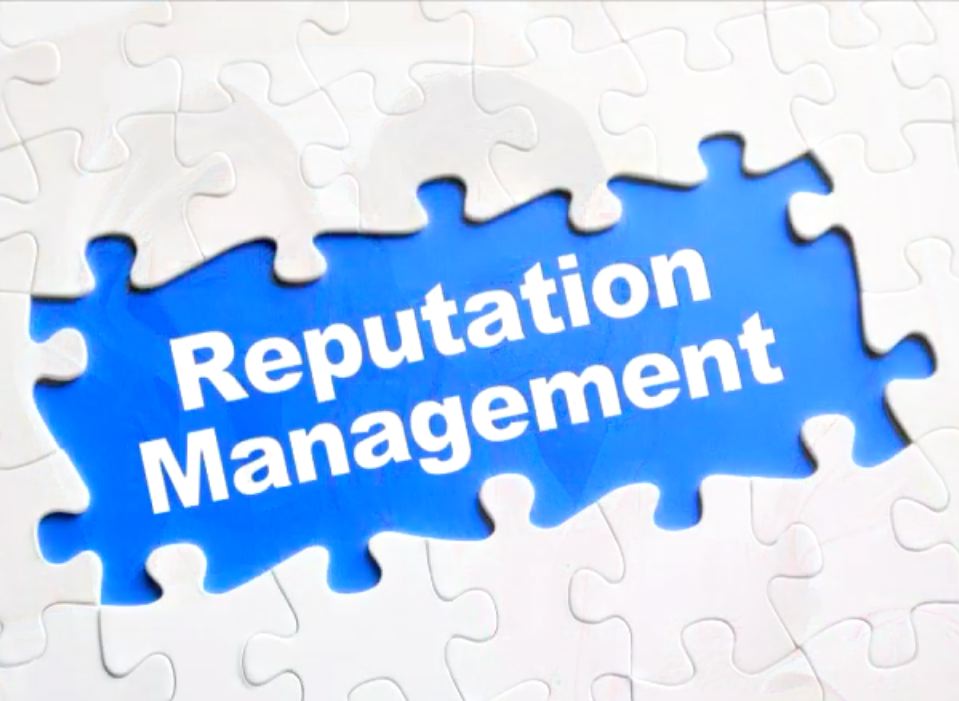A new survey of 31,000 people in 27 countries has documented what most of us in PR know – Big Tech has a reputation problem.
For years, the enormous role technology plays in our lives and our reverence for brands like Apple and Amazon shielded the sector from greater taxation and regulation. But things are changing, and shifting public opinion is one reason why. According to reports on the latest Edelman Trust Barometer, public trust in tech companies has “cratered.” The sector has dropped from being seen as our most trusted industry in 2020 to only the ninth most trusted business category in 2021.
As a sector, technology has lost its luster
Favorable views of tech companies on a worldwide basis fell six points, from 76 to 70, based on a scale of 0-100. It’s the lowest point for technology in the 11-year life of the survey in 17 of 27 countries, including the U.S. Worse, social media companies averaged a score of just 46, below all other business categories. At a time of huge partisan polarization, one thing that brings people together, it seems, is resentment of Big Tech, especially the Big Four — Facebook, Google, Apple, and Amazon. Throw in Twitter for good measure.
The news isn’t all bad. So far, Wall Street isn’t too bothered by the reputation hits. And even in the Trust Barometer, businesses in the tech sector performed better than some other industries, including financial services and automotive. And the industry’s reputation problems in matters from data security to diversity are well known. When called out, CEOs like Mark Zuckerberg apologize and pledge to do better. Sometimes they do make positive changes, like Facebook’s plan to combat misinformation about COVID-19 vaccines. Yet it’s hard to escape the impression that the companies are led there kicking and screaming.
Can Better PR Solve Tech’s Reputation Problem?
Of course the PR folks at Edelman had some advice for the prominent tech companies whose reputations are now suffering. The firm advises them to “share prosperity” by offering new jobs and presumably skills training; to communicate more clearly about “fairness” and use “explainability”; and to embrace diversity, equity, and inclusion. We’ve heard this before, of course.
But the trust dilemma, as in most cases, goes beyond what PR can fix. Big Tech’s problems are a reflection of its failure to grapple with problems and issues resulting from their power and influence. There’s more that technology companies can and should do.
Show transparency
One industry that’s a match for Big Tech may be the one that funds it — Big Advertising. P&G’s Marc Pritchard led the call for change, claiming deep-pocketed marketers are left in the dark on matters of data collection, privacy, and billing across the media supply chain. P&G spoke for Big Advertising when it called out “massive media waste, outright fraud and issues of brand safety,” among other things. Pritchard was targeting the ad tech ecosystem, not necessarily giants like Google and Amazon. Yet the big guys, too, are feeling the heat, and they’ve responded with greater transparency. That’s because big advertisers are taking control back, bringing in their own data scientists, and managing their own platforms. As Pritchard notes, “For too long, we’ve been wowed by shiny objects, overwhelmed by big data and intimidated by algorithms. We outsourced too much work, taking the head fake that media was so technical and advanced we couldn’t possibly handle it ourselves. No more.”
Take responsibility
There’s another kind of transparency that leaders of any tech company would do well to adopt – open and transparent communications. Anyone who watched a recent legislative session involving the heads of Facebook, Google, and Twitter knows that the goal is to obfuscate rather than inform. It doesn’t help that most of Congress is pretty clueless about the sector. But you don’t need to be a PR expert to spot the problem. It goes beyond PR to the core issue of accountability. The social platforms in particular are still trying to have their cake and eat it, too. They want the stickiness and clout of a top media company, yet with all the freedom of an “agnostic” platform. That implies no responsibility whatsoever for its content or the impact of that content, no matter how toxic. It doesn’t work that way.
Redefine data ownership and privacy
This is the issue that grabs the headlines. The sector’s reputation slide accelerated when Cambridge Analytica allowed the personal data of millions of Facebook users to be used for political advertising without their consent. Though the coverage at times exaggerated the depth of the scandal, it pointed to a very real problem. And things have changed since then. Google and other browser companies have pledged to stop supporting cookies, those pieces of data that websites store on your browser to track your activity. Yet what they haven’t fully reckoned with is the value of customer data and the customer’s right way to share it. Some experts believe that the large tech companies should simply share profits from monetized personal data with those who give them permission to use it. Those schemes don’t seem realistic (or very profitable for consumers). But the point is this: the companies who step up with reasonable positions on data ownership and regulation will win, even though critics will never be satisfied. It’s a question of good-faith action.
Crack down on misinformation
Misinformation is the pernicious problem in my book due to its toxic impact on our culture. It’s complex because even the definition of misinformation is divisive. Some conservatives accuse large social media platforms of de-emphasizing or shadow-banning their content. But lies are lies. There’s still such a thing as objective truth. The bad-faith protests amount to “working the refs,” and it’s a tired tactic. As the Capitol attacks and the explosion of the QAnon following have shown, social media is like gasoline for lies and false propaganda. Social media has given birth to a monster, and everyone knows it. Balancing content moderation with censorship is a tough and complicated problem, but it’s well within these companies’ power to improve the situation. And it’s the biggest single thing they can do to restore Big Tech’s reputation.
Be a part of the solution
The large technology companies have, in fact, made progress in each of these areas. But there’s one commonality. Each step forward has come in response to the threat of real business consequences – more stringent regulation, or even a breakup of the giants. Nothing is proactive. Nothing seems done out of good faith.
When an industry is attacked, there’s a natural tendency to close ranks. Often critics don’t understand the ins and outs of the business nearly as well as insiders, and at times they’re flat-out wrong. I’ve seen it myself in occasional “exposés” of PR tactics that distort what we do. It’s easy to portray a nuanced situation with a big brush. So the defensive posture is understandable. But it’s the wrong attitude for an industry that’s being scrutinized from all sides.
Ex-Googler Jessica Powell said it well. “We discredit the outsiders rather than admit their overarching point is directionally accurate (even if their solution is silly—which, yes, almost all solutions involving only human moderation are.” She favors a cross-industry approach that has a precedent in collaborative efforts to tackle child sexual abuse content, for example.
I don’t have the answer, but this argument is the only realistic one. Some kind of regulation of Big Tech is inevitable, so it makes sense for the industry to come together, embrace it, and be part of the process. In good faith. It’s the only way out of the reputation hole. And it has the additional benefit of being the best and most feasible solution to the challenges that face all of us.









